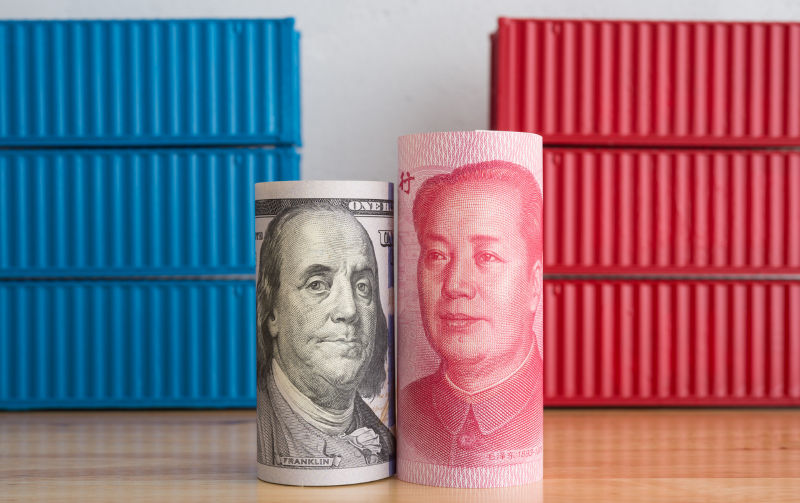
Mutual economic dilemmas, as both try to reshape their economies, may force the two bitter rivals to learn to live with each other all over again.
All is not well with Joe Biden’s attempt to reindustrialize the American economy. A new report by the Financial Times claims that 40% of major manufacturing investment subsidized by his Inflation Reduction Act and Chips and Science Act has been delayed or held back, some indefinitely.
Of the $400 billion in tax credits, loans and grants for mainly green technologies and semiconductors, selected projects that were awarded a total of $84 billion were so affected. Not all, but much of both acts is a direct response to China’s economic and technological challenges.
The goals are to revive American high-tech manufacturing to take over supply chains and manufacturing from China, “friendshore” with allied countries and decarbonize the US economy. China is always in the background. So, in this sense, the economic difficulties faced by the two countries are worth comparing.
Washington’s rediscovered industrial policy is under increasing scrutiny. This is similar to China’s difficulty in shifting to a more consumption-based model, away from reliance on manufacturing for economic growth.
Consider some background numbers. China’s output exceeds that of the next nine producing countries combined.
Manufacturing accounts for about 28% and 11% of Chinese and US GDP, respectively. However, personal consumption only accounts for about 40% of China’s GDP, compared to nearly 70% in the US. Ever since US Treasury chief Janet Yellen made her controversial criticism that China’s overproduction is distorting global supply, economists have been speculating as to why this is or isn’t the case.
Assumptions and assumptions run the gamut. Richard Baldwin, a noted economist at IMD Business School in Switzerland, recently argued that China under Xi Jinping is biased by the old Marxist obsession with manufacturing over services. This seems to fit the Western narrative that Xi has abandoned Deng Xiaoping’s pragmatism in favor of dogmatism.
A new essay in Foreign Affairs argues that Xi is doubling down on manufacturing, particularly in hi-tech, to spur growth because that’s the only way the Chinese know how. Although he offered no real explanation, Nobel laureate in economics Paul Krugman told Bloomberg that Beijing was “bizarrely reluctant” to boost consumer demand at the expense of production.
But a look at the multitude of initiatives launched in the reform-driven Third Plenary should dispel such views. Liu Qiao, dean of Peking University’s Guanghua School of Management, explains the party’s latest line.
“When we talk about the high-standard socialist market economy, it means that the growth model will change from the old investment-based model to a consumption-based model,” he told the Sinical China website. “The third plenary has many areas that talk about how to improve consumption, how to increase demand, especially domestic demand that people can benefit from the reform.”
There is no reason to doubt that Liu’s remarks reflect Beijing’s policy, but that is easier said than done. The world’s two largest economies have been compared to giant oil tankers at sea – it is difficult to change course. The US economy has been called “post-industrial” because it is primarily consumer-based, service-based, and highly financialized—in a word, deindustrialized.
The Chinese economy, however, has long been geared towards maintaining the country as the “workshop of the world”, which is investment-driven and based on hyper-production.
In their mutual antagonism, both countries are paradoxically trying to do what the other does best, but making the switch is difficult. The FT points to poor skills guidelines, a shortage of skilled workers, weak demand, a lack of confidence and corporate commitment – the usual problems plaguing the state’s industrial policy.
Reprinted from South China Morning Post, August 2024
#China #face #parallel #economic #difficulties #Pearls #irritations